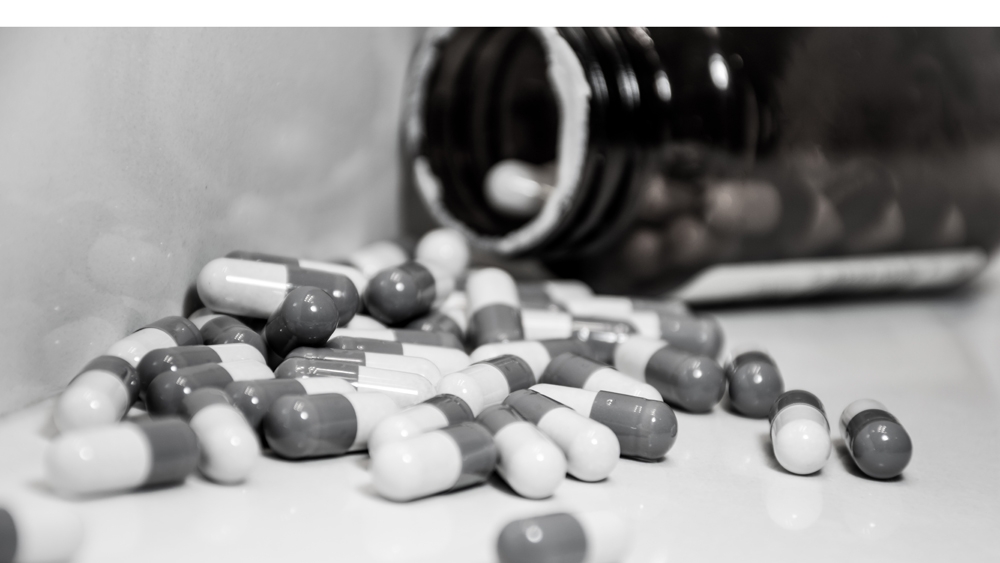
Clinical use
Opioids are prescribed mostly to treat moderate to severe pain, such as the one that follows surgery or a bone fracture. We highly recommend to communicate clearly with your doctor in order to take them for the shortest time and the lowest dose possible.
Development addiction
Anyone who takes opioids is at risk of developing addiction. They are highly addictive substances, especially in large quantities, because they create a strong sense of well-being (they decrease the perception of pain and boost feelings of pleasure). When an opioid dose wears off, you may find yourself wanting those good feelings back, sooner rather than later. This is the first step on the path towards potential addiction.
When you take opioids repeatedly over time, your body slows its production of endorphins. The same dose of opioids stops triggering such a strong flood of good feelings. This is called tolerance. One reason opioid addiction is so common is that people who develop tolerance may feel driven to increase their dose so they can keep feeling good.
Side effects
Among opioid addiction patients there is a relief felt because of the lack of pain. However, they have a two to five times greater chance to suffer from:
- Poorer quality of life
- Sleeping disorders
- Drowsiness
- Headaches
- Constipation
- Psychological distress
- Death (50k per year)
Physical therapy and addiction
Several guidelines propose many non-pharmacological strategies to avoid or decrease the use of opioids, including, complementary and integrative health approaches (e.g. acupuncture, mindfulness, physical therapy etc.)
A recent study¹ performed with lower back pain patients, has showed that; patients who saw a physical therapist (PT) first, have a 90 percent lower probability of receiving an opioid prescription versus patients who saw a PT later or did not see one at all. This emphasizes how major the roll is of physical therapy in a recovery process.
1. Frogner BK, Harwood K, Andrilla CHA, Schwartz M, Pines JM. Physical Therapy as the First Point of Care to Treat Low Back Pain: An Instrumental Variables Approach to Estimate Impact on Opioid Prescription, Health Care Utilization, and Costs. Health Serv Res. 2018 Dec;53(6):4629-4646. doi: 10.1111/1475-6773.12984. Epub 2018 May 23. PMID: 29790166; PMCID: PMC6232429.
